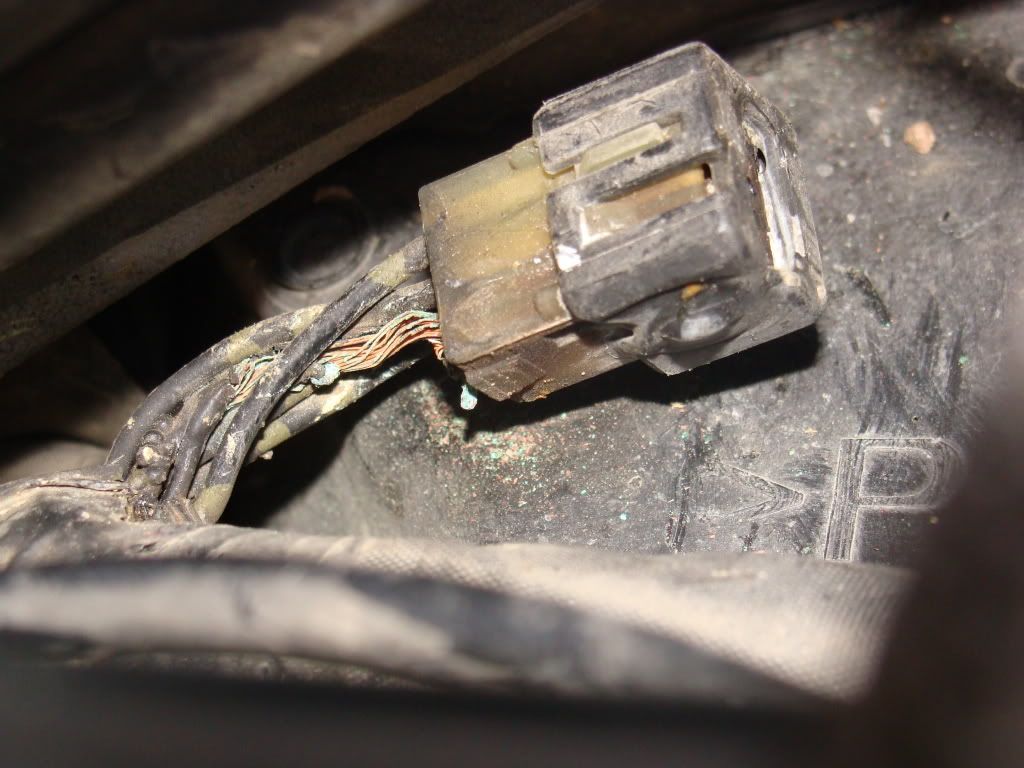+1 on the holy crap. Nice that you found it before it stranded you, Don.
In all of my years of electrical and electronic service work, I have never seen a design like that one. They took a regular multi pin female spade connector and fashioned a 6 pin male spade shorting plug to fit into it. Begs the question, what current are each of those circuits carrying, because they all eventually end up going through the one single connection that goes to the single ground wire. I'm betting that, like the single contact in the ignition switch, that slip fit connection is being overtaxed beyond its rated current handling capacity.
I'm also thinking that all 2nd genners should do this connector survey, or possibly suffer the consequences...
In all of my years of electrical and electronic service work, I have never seen a design like that one. They took a regular multi pin female spade connector and fashioned a 6 pin male spade shorting plug to fit into it. Begs the question, what current are each of those circuits carrying, because they all eventually end up going through the one single connection that goes to the single ground wire. I'm betting that, like the single contact in the ignition switch, that slip fit connection is being overtaxed beyond its rated current handling capacity.
I'm also thinking that all 2nd genners should do this connector survey, or possibly suffer the consequences...




